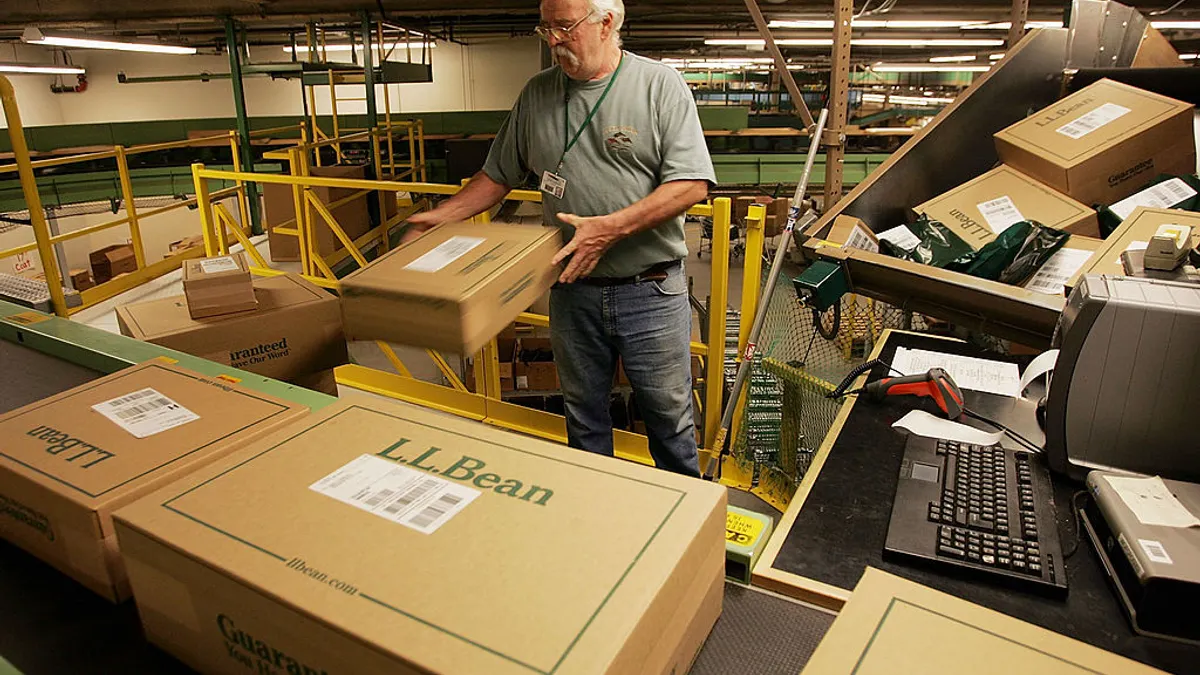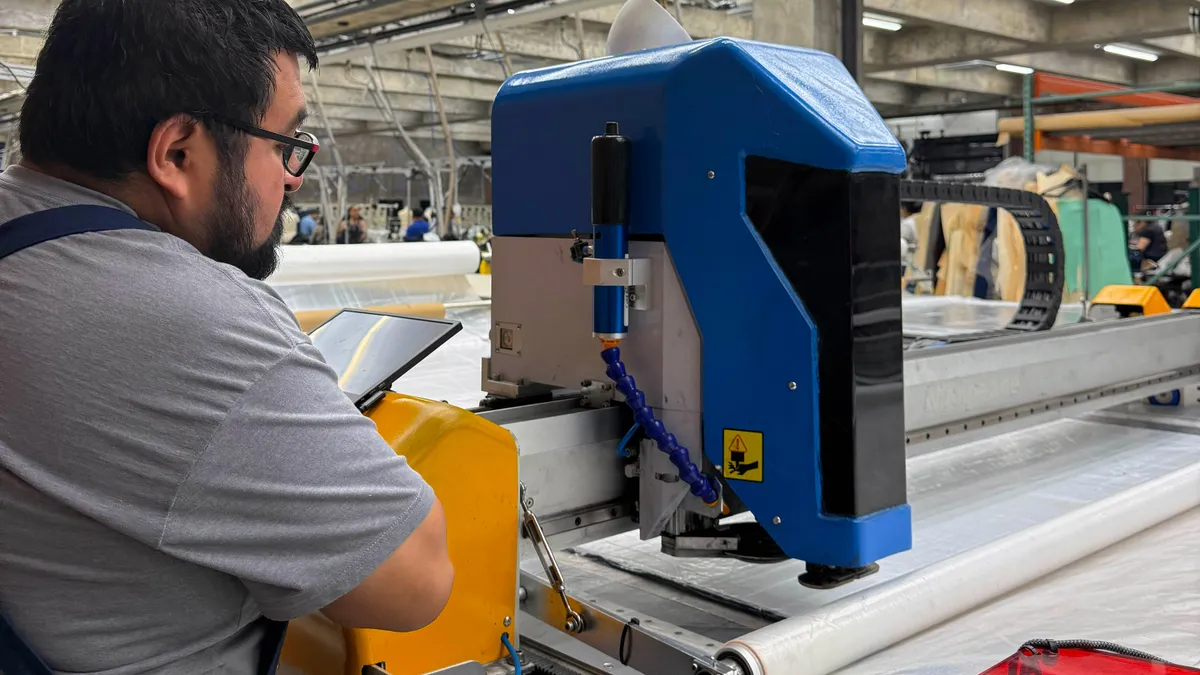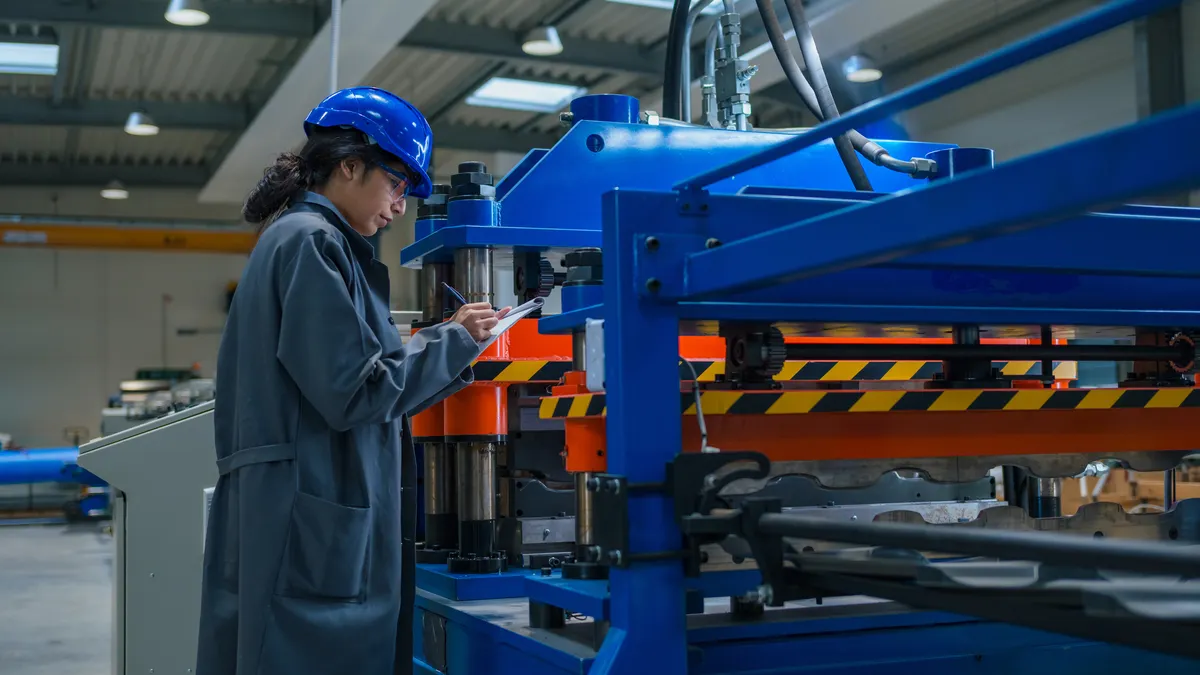Lorie Wilson had her first daughter Paige, when she worked at an auto components manufacturer in 1997, followed by her second, Rachel, in 2000.
The collective bargaining agreement for the unionized company included six weeks of partial-pay maternity leave under short term disability, worth roughly 60% of her typical wages. Her husband, Terry, who worked at the same plant, received no paid leave.
“He used vacation or attendance points to be with me,” Wilson said. Wilson thought that policy was the norm in the manufacturing industry, but has since learned it is not.
Wilson is now based out of Pennsylvania and serves as the Eastern Territory Grand Lodge Representative for the International Association of Machinists and Aerospace Workers, assisting with contract negotiations for unions in her territory. Her work spans Maine, New Hampshire, Vermont, Massachusetts, Connecticut, Rhode Island, New York, Pennsylvania, New Jersey, Delaware, Maryland, West Virginia, Ohio and Michigan.
“Not that many [workers in the region] have any paid leave,” she said.
Wilson recently spoke with one union member in Michigan, who had a baby when she was a new hire and still in her probationary period. She quit the job and got rehired when she was ready to return to work, as new workers still under probation are not covered under the company’s paid leave policy.
In Wilson’s IAM experience, the only aerospace manufacturing plants that offer paid parental leave are in New York, where the law requires up to 12 weeks of paid leave under the Family and Medical Leave Act. While FMLA is national, the leave is not necessarily paid. In Ohio and Pennsylvania, she said, workers can take that time off but are not compensated.
In her negotiations with companies, Wilson is seeing some smaller companies agree to grant mothers time off, but without pay.
Wilson’s experience, though, is not universal, with some in the industry offering more generous policies.
The 2023 Institute for Women’s Policy Research Women in Manufacturing Survey of women on the shop floor found that found that 78.1% of respondents with young children said their employers offered paid maternity leave, and 46.1% offered paid paternity leave.
Of union respondents, 52% said their employers offered paid family and medical leave, compared to 56.3% of nonunion workers.
This access fares better than the national average — approximately one in four private sector employees have paid family leave, according to the Bureau of Labor Statistics. As of January, 11 states and Washington, D.C. have passed paid family and medical leave laws, according to the Center for American Progress.
The pandemic spurred positive paid leave changes
The pandemic caused some employers to rethink benefits.
Jennifer Tenfelde, human resources director at Pennsylvania-based chemical manufacturer Polysciences Inc., conducted a competitive benefits analysis during the pandemic. As a manufacturer producing diagnostic healthcare-related chemicals and products, the company was concerned about people retiring or not wanting to be in the workplace.
“To see how we could compete with other companies, we had to look at parental leave and other benefits we offer, and the cost for copays or deductions that go with them,” Tenfelde said. “We were continually having mothers and fathers with new babies that were going through all their vacation time and saying they don’t want to come back in two weeks and have no time off.”
In 2022, Polysciences implemented 80 hours of parental leave during the first 12 months after giving birth. It was “not a wallet killer,” she said, and employees have appreciated the change.
Benefits provided to workers with children under 6-years-old
The company also shortened the amount of time needed to qualify for the short term disability plan, from 31 calendar days to 10 days, and the plan pays out 60% of a worker’s salary. The company pays the full cost of short term disability insurance. About half of the company’s 236 employees are in a manufacturing environment or in the lab, according to Tenfelde.
Wilson noted that since COVID-19, companies have been “very willing” to offer vacation upfront, rather than requiring accrual upon hiring. The shift is a significant change from pre-pandemic policies, where “no new hire gets vacation for two years, or maybe they get a few days in a year.”
On the national level, 86.7% of union member respondents in IWPR’s Women in Manufacturing survey receive paid vacation time.
What do parents on the shop floor want?
The Women in Manufacturing survey respondents wanted a robust parental leave policy, and that’s been Wilson’s experience as well. But who wants it may depend on the shop floor make-up.
Barbara Stanford-Allen, director of industry partnerships and business engagement for the Southeastern Pennsylvania Advanced Manufacturing Industry Partnership at Philadelphia Works, said that the top priority for the 75 SEPMA companies she works with is to identify talent, identify business opportunities and manage their supply chain.
As part of that work to retain talent, Stanford-Allen said many of the small to mid-size companies she works with are focused on securing day care for their employees, rather than parental leave policies. Some of these companies have women on the shop floor, but not in large numbers, she added.
Wilson does bring the call for parental leave to the negotiating table as a worker priority, “seeing that manufacturing is always looking to hire, and to retain and bring people in, be it male or female.”
Her experience is that companies don’t want to entertain it, preferring to rely on Family Medical Leave Act.
“We’re hoping 10% of the manufacturing facilities would listen and get us language in the contract or memo of understanding so we can provide that [to workers],” Wilson said.
For manufacturing facilities where workers are mostly males over age 40, parental leave tends not to be a priority, Wilson said. But for plants trying to attract a younger generation into this type of work, “they’re young and want to start a family,” she said. “They want to know they’ll have some kind of income coming in.”




















